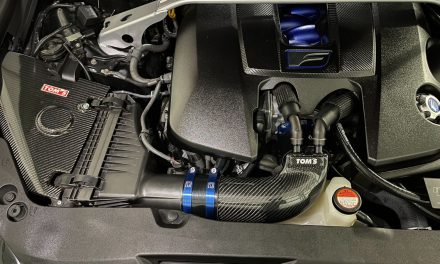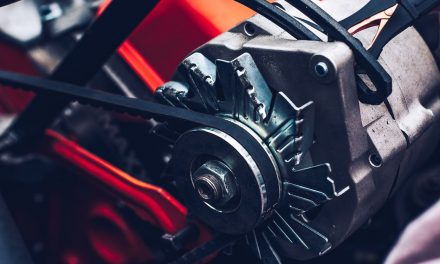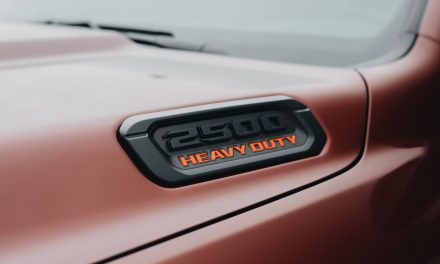There are different types of car belts, and each belt has a specific function. In this blog post, we will discuss the different types of car belts and what they do. We will also provide some tips on how to properly maintain your car belts. Keep reading to learn more!
The two major types of mechanical belts on a car are the serpentine belt (which powers accessories in the car) and the timing belt (which sets the timing for the crankshaft). Both of these belts serve very different purposes but are just as important to the functioning of the vehicle as the other.
1. Serpentine Belt
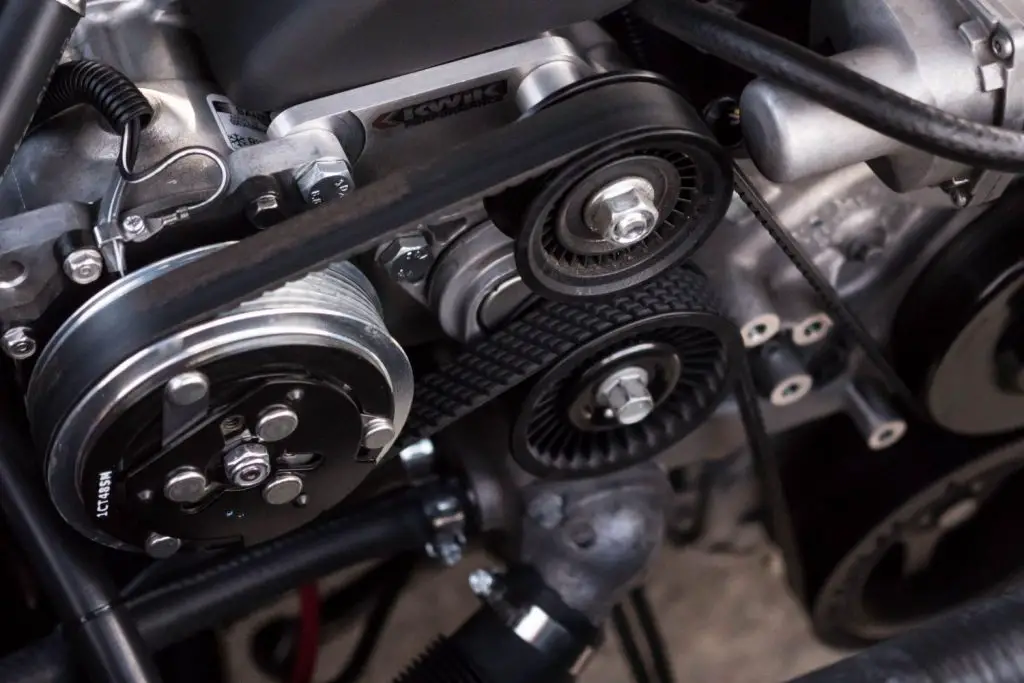
A serpentine belt is a type of drive belt that is used in many modern vehicles. It is made up of a continuous loop of reinforced rubber, and it is used to drive a variety of accessories.
The most common accessories that are driven by a serpentine belt are the alternator, power steering pump, and water pump.
In many cases, the serpentine belt will also drive the air conditioning compressor. Serpentine belts are more efficient than traditional V-belts (we’ll learn about those later), and they require less maintenance. As a result, they have become the preferred choice for many automakers.
What are the signs of a failing serpentine belt?
The most common symptom of a failing serpentine belt is a loud squealing noise coming from the engine. This noise is caused by the belts slipping on the pulleys. If the squealing noise is ignored, eventually the belt will break.
Another symptom of a failing serpentine belt is vibration. This is caused by the belts losing their grip on the pulleys. If you notice that your car’s engine is vibrating, it’s important to have it checked out as soon as possible. Ignoring this problem can lead to it breaking, and likely leave you stranded (or even engine damage).
Can you drive a car if the serpentine belt breaks?
Serpentine belts help to keep the engine running smoothly by providing power to various accessories, such as the water pump, alternator, and air conditioning compressor. If the serpentine belt breaks, it can cause the engine to overheat or fail.
However, you can usually drive for a short period if the serpentine belt breaks. The key is to avoid using any of the accessories that are powered by the belt.
For example, don’t turn on the air conditioning or the headlights. In addition, avoid driving at high speeds, as this can put additional strain on the engine. If you do need to drive with a broken serpentine belt, be sure to get the car checked out by a mechanic as soon as possible.
Please Note: In many cars, the serpentine belt also powers the water pump, which circulates coolant throughout the engine, cooling all of the components. Without this belt, it will cause the water pump to be inoperable and can cause your engine to overheat, and cause catastrophic engine damage. Because of this, we generally do not recommend operating your vehicle with a broken serpentine belt.
How much does it cost to replace the serpentine belt?
The cost of replacing a serpentine belt will vary depending on the make and model of your vehicle, as well as the local labor rates. However, you can expect to pay anywhere from $50 to $200 for the labor, plus the cost of the belt itself.
Replacing a serpentine belt is a relatively simple process, so it’s always best to do it yourself if you’re comfortable working on your car. However, if you don’t feel confident in your ability to do the job, it’s always best to have it done by a professional.
If you do opt to install your serpentine belt on your own, you can expect to pay around $50 for the belt, and you can utilize a belt diagram that is found on the bottom side of the hood itself. Make sure to have a socket set available to release the tension on the tensioner pully, otherwise, you will not be able to complete the job.
2. Timing Belt
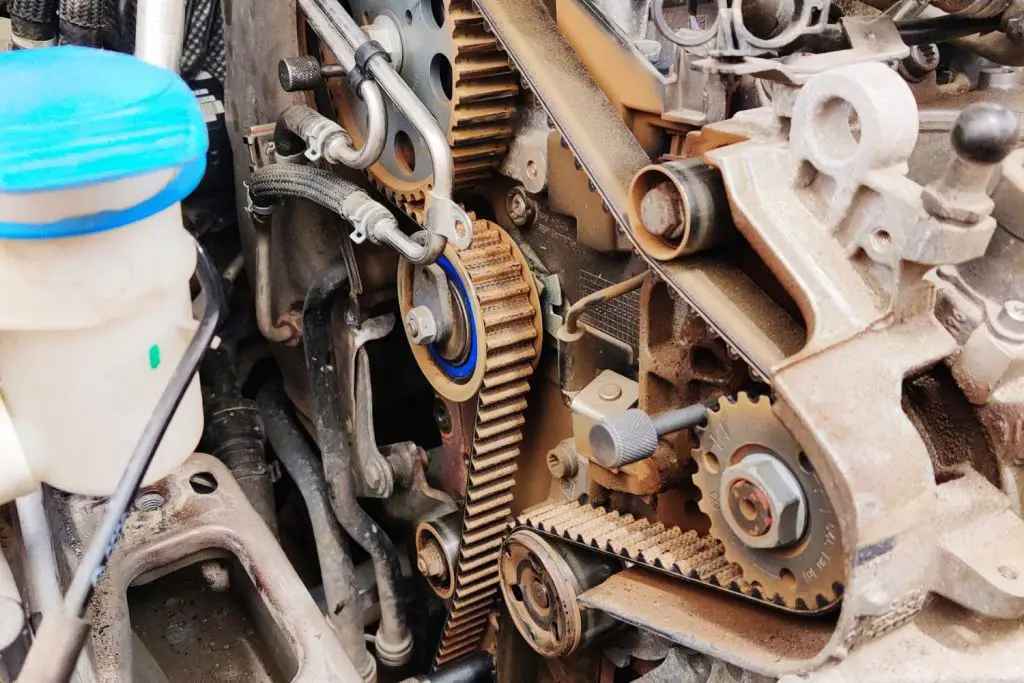
Most cars on the road have what’s called an internal combustion engine. The engine relies on a series of pistons that move up and down to create the power that moves the car. These pistons are connected to a crankshaft, which is responsible for converting the piston’s up-and-down motion into the rotational force that turns the wheels.
The crankshaft is connected to the timing belt, which ensures that all of the pistons are moving in sync. If the timing belt were to break, the pistons would collide with each other, causing extensive damage to the engine.
For this reason, it’s important to have the timing belt replaced according to the manufacturer’s recommendations. Doing so can help to avoid an unexpected breakdown and costly repairs.
How do you know when to replace your timing belt in your car?
You will know if you need to replace your timing belt if it is cracked, or if it stretches excessively. That said, most people will not know how to check this, and most timing belts are hidden away from sight.
Because of this, consult your car’s owner manual to find out how often the timing belt should be replaced. If you can’t find this information, ask a qualified mechanic.
Many car owners are unsure about when to replace their timing belts. The most important thing to remember is that timing belts are designed to last for a specific number of miles or years, whichever comes first.
It’s generally best to err on the side of caution and replace the timing belt before it reaches its maximum recommended mileage. If the belt breaks while you’re driving, it could cause serious engine damage. Therefore, it’s always better to be safe than sorry when it comes to replacing your timing belt.
What is the difference between a timing chain, and a timing belt?
A timing chain is made of metal links and is much sturdier than a timing belt. As a result, a timing chain typically lasts much longer than a timing belt – often the lifetime of the vehicle. However, timing chains are also much more expensive to replace.
Timing belts are made of rubber, and so will eventually need to be replaced due to wear and tear. However, they are typically much cheaper to replace than a timing chain. When replacing a timing belt, it is also important to check the tensioners and water pump, as they will likely need to be replaced at the same time.
Due to issues with timing belts over the years, many manufacturers are moving towards timing chains.
- YOUR VEHICLE’S AIR FILTER NEEDS CHANGED MORE: HERE IS HOW OFTEN!
- TOP 7 REASONS YOUR GAS MILEAGE IS DECREASING (SO YOU CAN FIX IT)
- HOW OFTEN YOU SHOULD CHANGE SYNTHETIC OIL: PLUS MORE INFO ON THIS TYPE OF OIL!
3. V-Belt
A V-belt is a type of belt that is used in many automotive applications. V-belts are characterized by their V-shaped cross-section, which helps to keep the belt centered on the pulley. The V-shape also allows the belt to grip the pulley more securely, preventing slippage. V-belts are used to drive a variety of components in a car, including the alternator, power steering pump, and water pump.
They are also often used in Air Conditioning compressors. V-belts typically have a service life of about 60,000 miles, but this can vary depending on factors such as temperature and engine speed. When a V-belt begins to show signs of wear, it should be replaced to prevent damage to other components.
You will likely notice the similarities between the v-belt and the serpentine belt, and you would be correct in those similarities. The v-belt was a precursor to the serpentine belt, and generally is not utilized anymore, as the serpentine belt is the better design.
4. Bonus: Seat belt
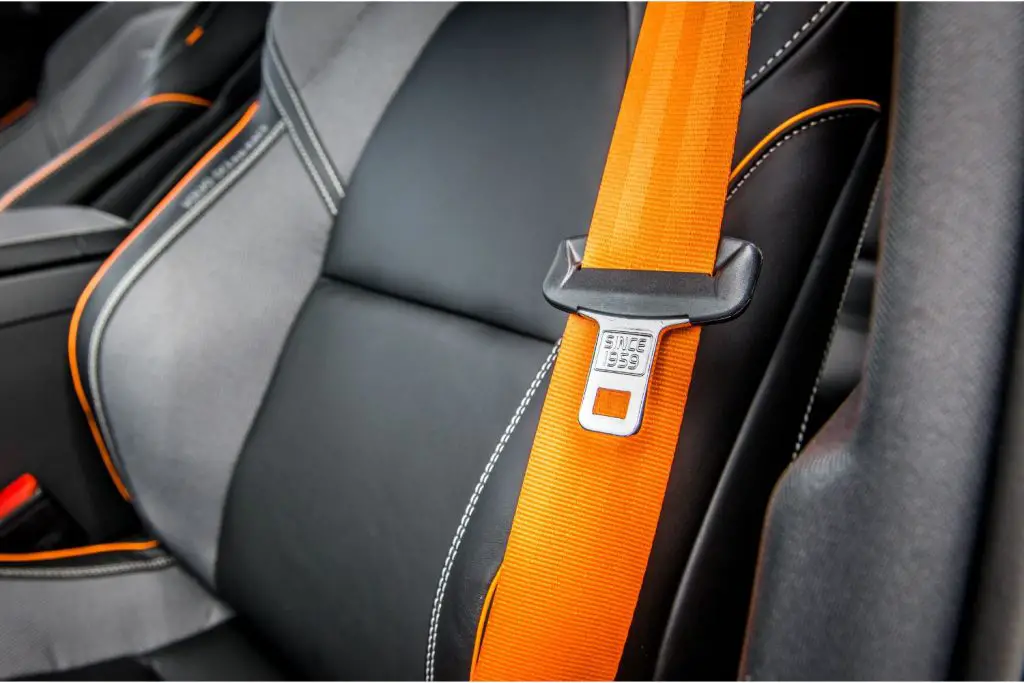
Now, this probably is not the reason why you searched for what belts are in a vehicle, however, this technique is accurate, so it is included here for your viewing (plus it is always good to be reminded that you should be buckling up).
A seat belt is a device that helps to keep passengers safe during a car ride. It is important to wear a seat belt at all times while in a car, as it can help to prevent serious injuries in the event of an accident.
The seat belt works by spreading the force of an impact across the body, which helps to protect the chest and head from injury. In addition, seat belts help to keep passengers in their seats, which can prevent them from being ejected from the car in a crash.
Wearing a seat belt is one of the simplest and most effective ways to stay safe while driving, so make sure to buckle up every time you get in the car.
Conclusion
Now that you know a bit more about car belts, hopefully, you can be more informed the next time something goes wrong. As always, if you are unsure about anything, it is best to consult with a qualified mechanic.
With a little knowledge and care, you can keep your car running smoothly for years to come.
Thanks for reading!

![4 Different Types of Belts in Your Car [Can you still drive?]](https://readysetrev.com/wp-content/uploads/2022/09/Boxer-Engine-Bay-1280x640.jpg)
